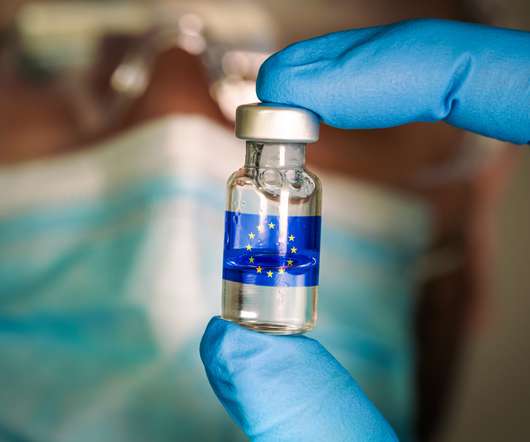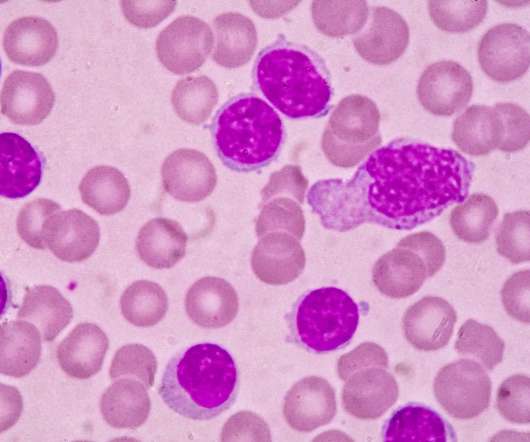Heart failure: clinical trials update 2022
European Pharmaceutical Review
NOVEMBER 11, 2022
NTLA-2001, a novel CRISPR/Cas9-based therapy in the first-ever human gene editing trial ( NCT04601051 ) in vivo (in the body), reduced transthyretin (TTR) proteins by at least 90 percent in amyloidogenic transthyretin (ATTR) cardiomyopathy patients, 28 days after a single IV infusion, with benefits lasting four to six months.

















Let's personalize your content